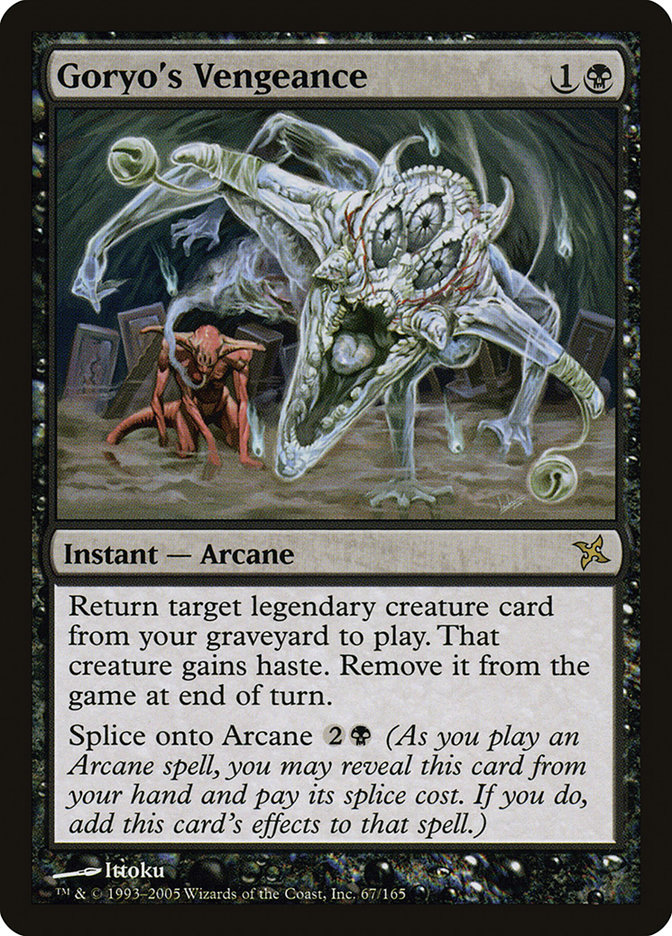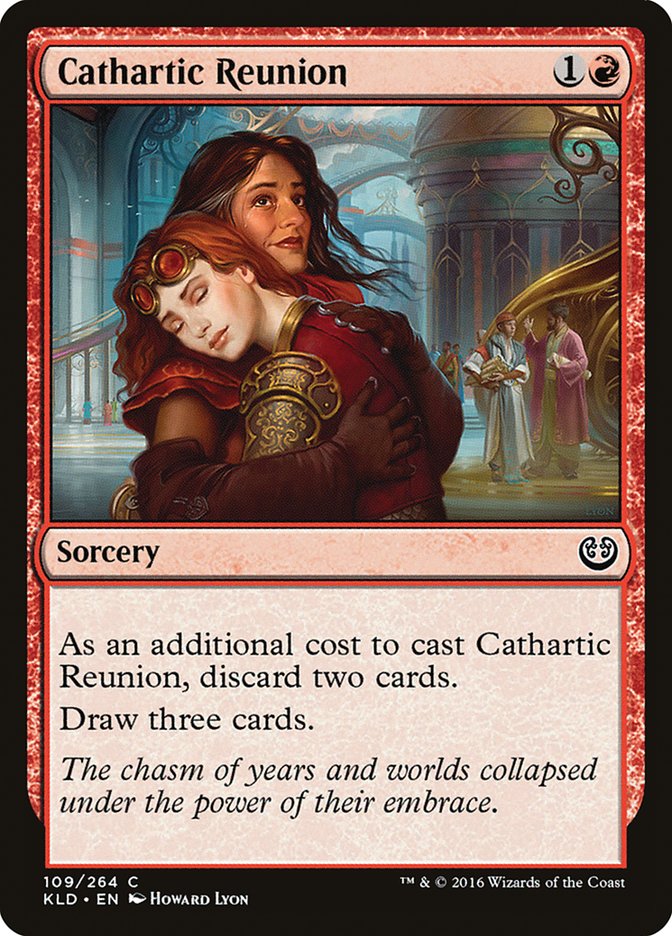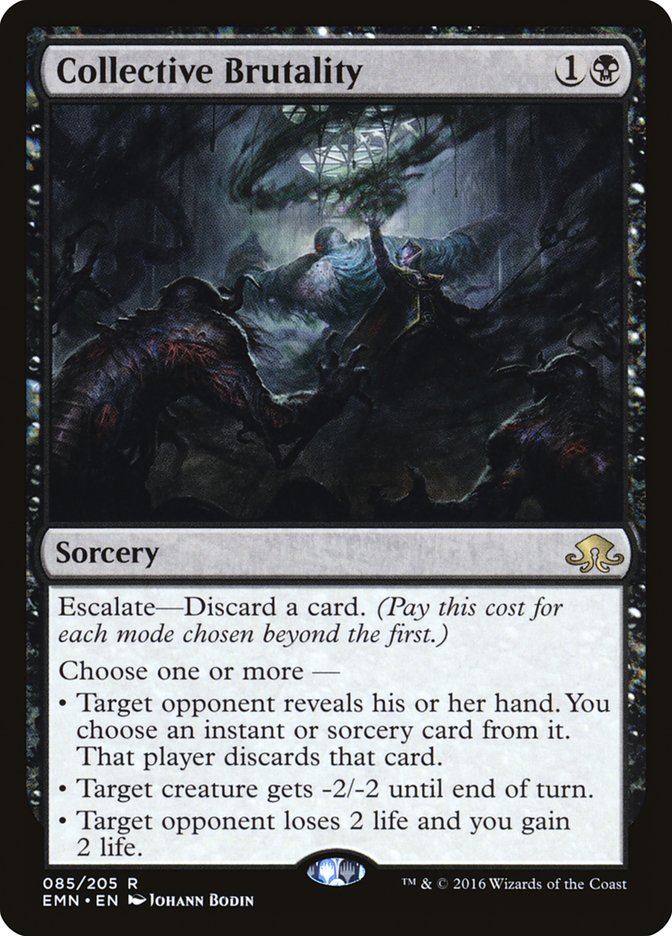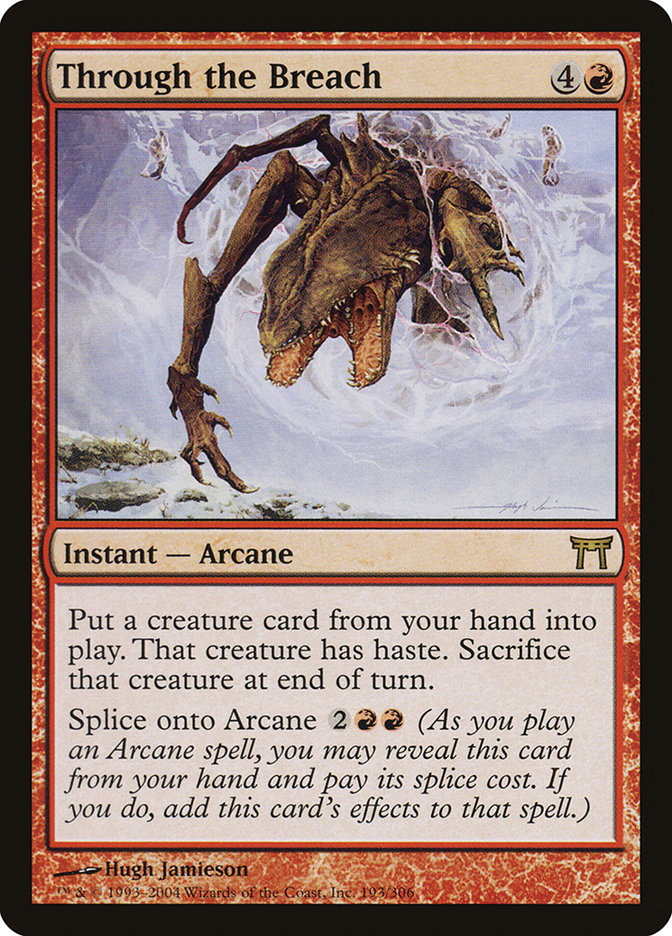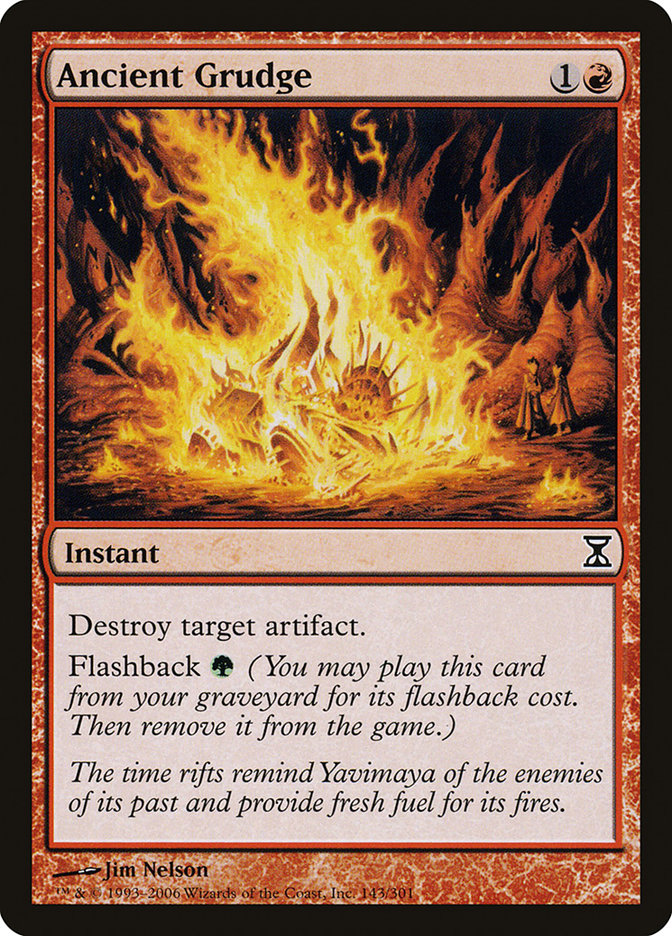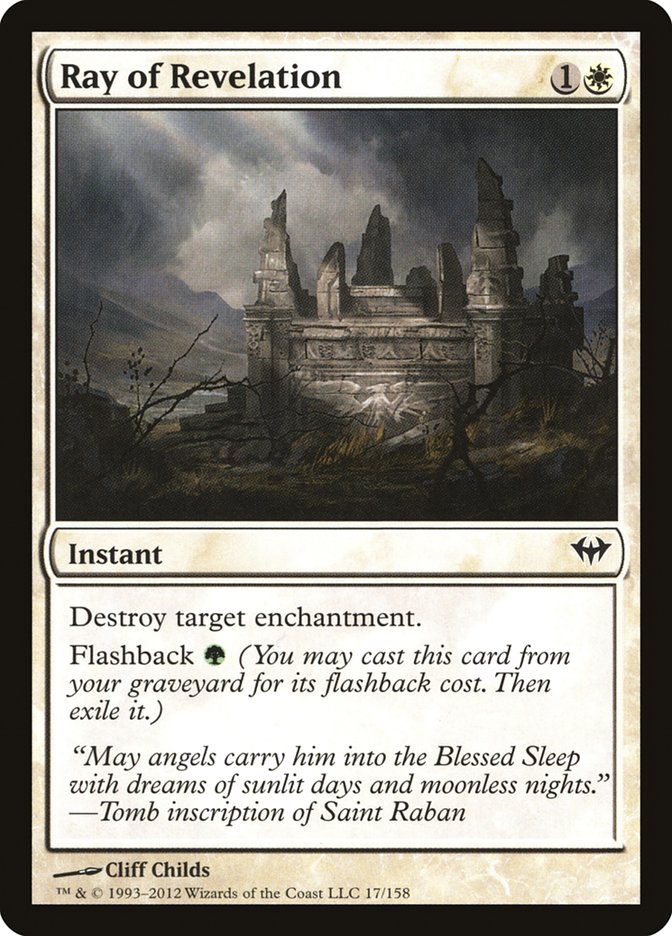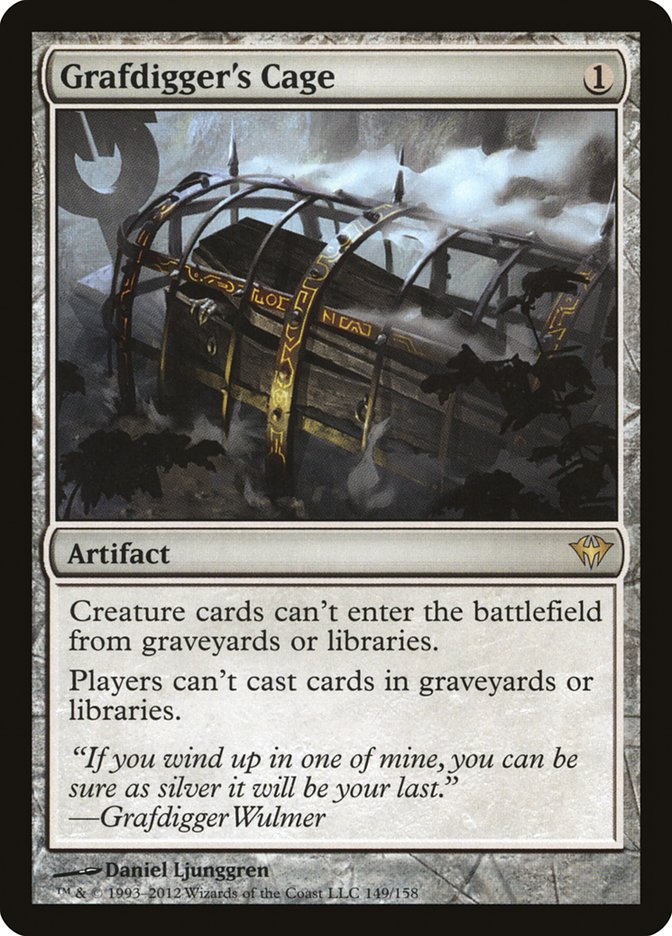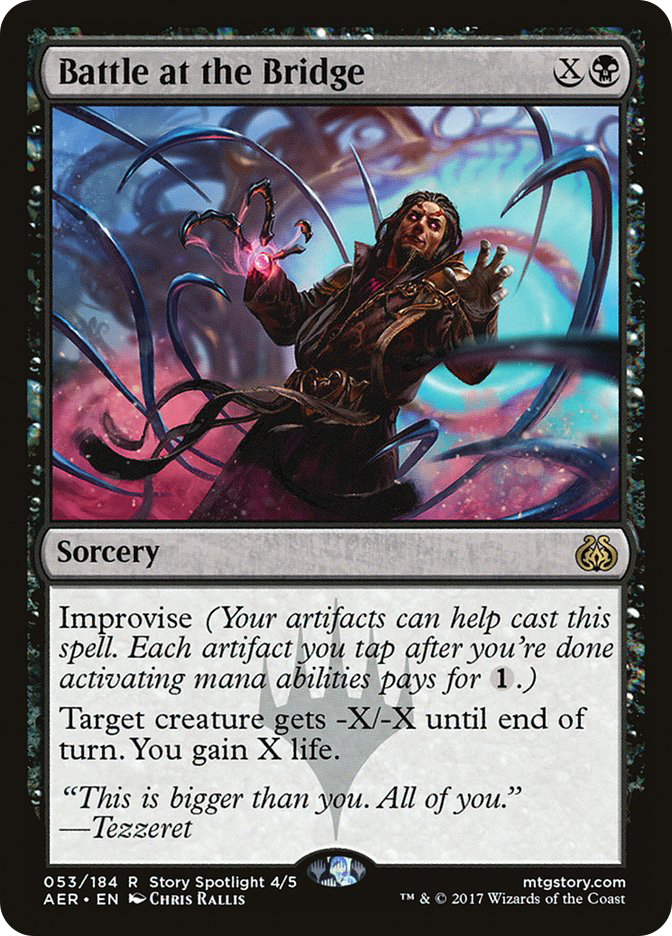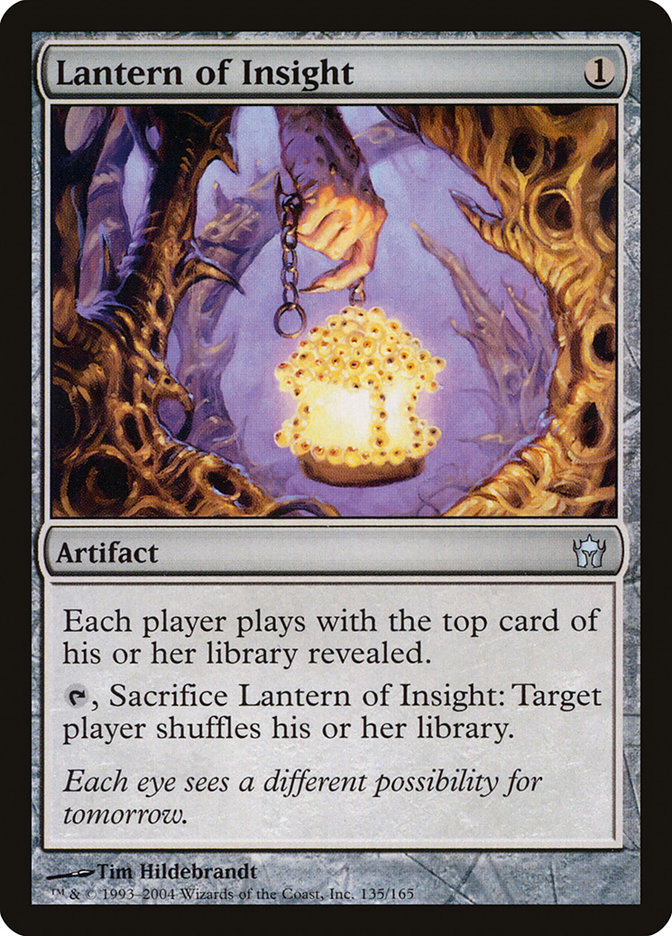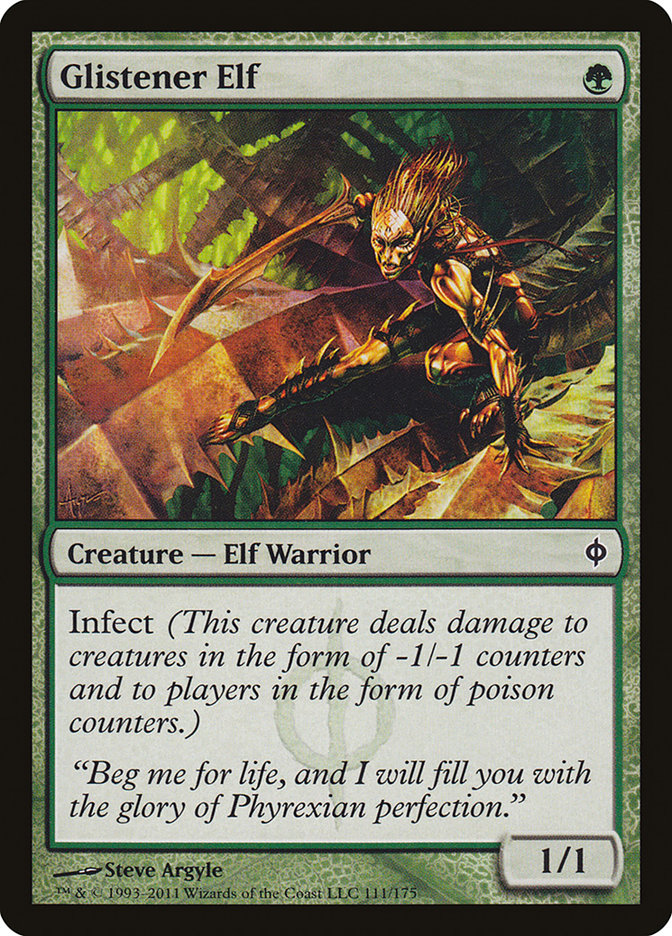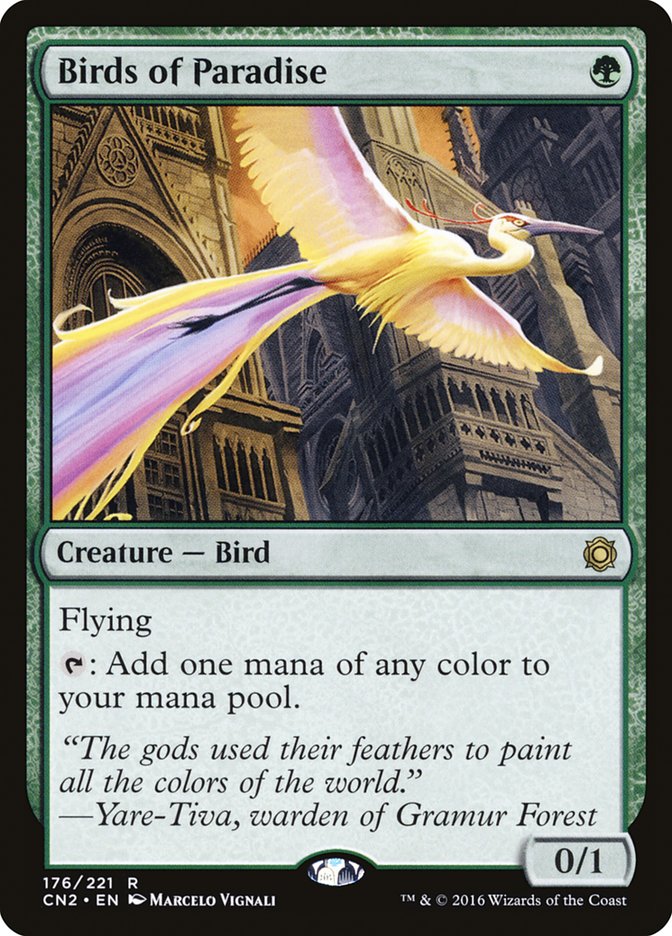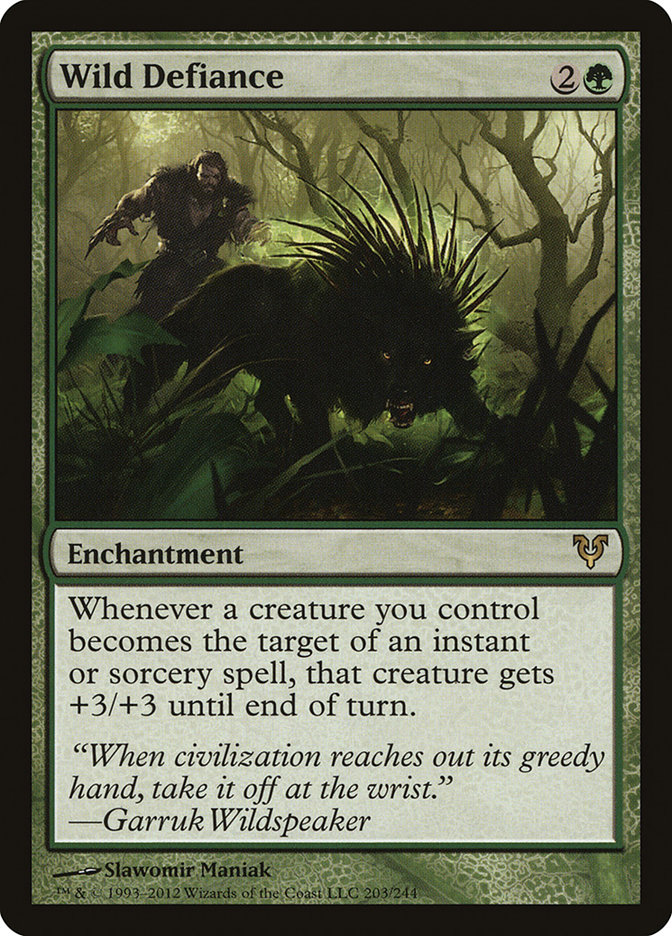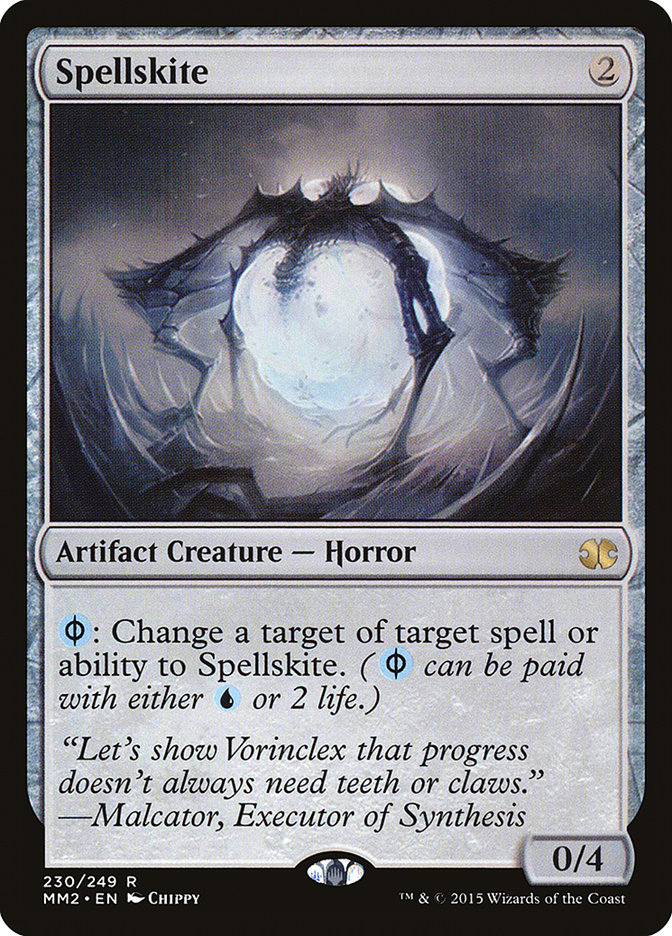Modern is wonderful. This weekend is #SCGRegionals and we finally have the opportunity to play Modern.
Aether Revolt Standard has been fantastic thus far, with a pair of tournaments hosting a diverse metagame of Winding Constrictor, Saheeli Rai, and people who are wrong.
Modern is better than that. Modern has roughly 100 justifiable decks that are legal and playable right now.
There’s just one problem: I can’t go. Traveling for Magic every weekend of the year is great, until real life springs up and serves as a quick reminder that some things aren’t avoidable forever.
In this particular instance, my poor fortune can be translated into a bit of transparency. Instead of keeping my Modern deck choices secret, I can open my proverbial notebook and share all of what I want to be doing this weekend!
For roughly a year or so I’ve been talking about piloting this deck as soon as Dredge gets hit. Graveyard hate is likely to be at an all-time low (but only for a short period of time) and the deck is incredibly powerful.
Both of these cards are tools people have used primarily in Dredge but have applications in Goryo’s Vengeance. Card selection and disruption that can also serve as discard outlets? That’s nothing to complain about.
Creatures (14)
Lands (19)
Spells (27)

Christopher Calhoun won the Modern Classic at #SCGRICH with a take on the deck that is similar to what I’ve been doing on my stream recently. There are a few minor changes that I would make to the list that would look something like this:
Creatures (14)
Lands (19)
Spells (27)

Most of the differences are playing with numbers, but the deck itself is doing things on a completely different power level from the rest of the format.
These cards are able to cheat the three larger creatures onto the battlefield as early as the first turn via fast mana from Simian Spirit Guide and Desperate Ritual. The kills that this deck can string together are faster than many of the format’s mainstays are prepared to handle, and something as simple as casting a Through the Breach for Worldspine Wurm on the second or third turn will be too much for anything fair.
The sideboard is just a pile of hate cards and hosers. “Less is more” is the name of the game when sideboarding with this deck. Combo decks that force the entire deck to be an engine or have a lot of moving parts require the pilot of the deck to dilute the combo as little as possible when sideboarding. With fewer cards being brought in for any given matchup, that means the cards need to be more impactful and worth the space in the decklist that they’re occupying.
The deck itself has a lot of little tricks to learn, so it isn’t something to enter a tournament with zero reps, but if you have time to goldfish the deck for a while and figure out all of the “Splice onto Arcane” lines, I strongly recommend the deck.
Moving on, some people like to watch the world burn slowly. I was born in Florida, so making everything just a little bit hotter is second nature to me.
Creatures (2)
Lands (18)
Spells (40)

This version of Lantern Control is a little bit more toolbox-y than most iterations due to the inclusion of Infernal Tutor in conjunction with a higher number of recursion spells. There’s a sortof domino effect when building the deck that comes from including Crucible of Worlds with additional copies of Academy Ruins and Bells.
Including more cards that act as recursion effects means that it is okay to use the mill effects on yourself in the early-game (while still trying to assemble the mass of artifacts needed to lock the opponent out of the game). With a higher number of cards that ensure the combo is brought online, this means that there can be a few more bullets throughout the deck, because each card sent from the top of the Lantern Control player’s library to the graveyard acts as a very strict Merfolk Looter-styled effect.
The increased velocity leads to list means that it’s easier to rifle through one’s library in search of the cards needed for a matchup. It is a strange tradeoff: opening hands with the deck are going to look a bit clunkier (if that’s possible), but once the deck starts to do what it wants to do, it’s easier to continue chugging along towards its primary objective.
Other than Spire of Industry, most of the biggest changes to the deck can be found in the sideboard.
Ancient Grudge isn’t particularly surprising, but Ray of Revelation is something that I’ve been testing to help improve the R/W Prison matchup. It also helps against any of the decks playing Leyline of Sanctity and Stony Silence. Casting the front half of Ray of Revelation can be difficult under a Stony Silence, but a majority of the lands in the deck have the ability to produce green (and the basic Forest was added to make Ghost Quarter a mana-fixer in a pinch).
Ray of Revelation still needs a good bit more testing for it to be in the deck over another Abrupt Decay, but with the full eight copies of Ghoulcaller’s Bell and Codex Shredder in the deck (illustrating the intent to mill yourself in the early-game), the Flashback is incredibly relevant.
Despite Dredge seeing a decrease in play after Golgari Grave-Troll’s slaughtering, Melira Combo is beginning to see a resurgence (check out Ari Lax’s article on Premium from earlier this week if you haven’t; he’s a seasoned vet with the deck and he has multiple pieces on it), and with the “graveyard” part of Grafdigger’s Cage mattering less, the “library” portion is becoming more significant.
Sam Black had an article a few weeks ago that suggested a maindeck copy of Battle at the Bridge, but in testing it ended up stranded in my hand in the early turns while trying to develop my battlefield. Battle at the Bridge was regularly a slightly better Lightning Helix, but in a good number of matchups, that is exactly what the doctor ordered.
Due to the slightly higher converted mana cost of cards in the main deck, I have Battle at the Bridge in the sideboard instead of the maindeck, but Infernal Tutor makes me want to keep moving the card between the maindeck and the sideboard.
Lantern Control takes a very specific skillset for the pilot to be successful. Without knowing the importance of cards for an opponent’s strategy Codex Shredder, Ghoulcaller’s Bell, and Pyxis of Pandemonium aren’t as potent when coupled with Lantern of Insight. Without a vast knowledge of the Modern card pool, Pithing Needle and Surgical Extraction are much shakier when maindecking multiple copies of both. I won a game recently because I named Chandra, Torch of Defiance with Pithing Needle when the only information I had to work with was my opponent’s Temple of Triumph.
Lantern Control isn’t for the faint of heart or people who don’t play quickly (mechanically speaking), but it rewards format knowledge and one’s ability to measure the importance of the opponent’s cards. If this sounds like something you want to play, I genuinely can’t recommend the deck enough. Mox Opal, Ensnaring Bridge, and Ancient Stirrings are not fair Magic cards.
“The report of my death was an exaggeration.”
– Mark Twain
Say it with me:
Gitaxian Probe’s banning didn’t kill Infect. It just has to evolve.
For anyone who hasn’t played the deck for a long time, the deck has gone through several changes over the years:
Creatures (17)
Lands (21)
Spells (22)
- 3 Might of Old Krosa
- 4 Vines of Vastwood
- 4 Groundswell
- 3 Distortion Strike
- 4 Mutagenic Growth
- 2 Gitaxian Probe
- 1 Wild Defiance
- 1 Phytoburst
Sideboard

Creatures (16)
Lands (21)
Spells (23)

These lists don’t even include the time when Infect was a mono-green Stompy deck, complete with the full playset of Rancors and Viridian Corrupters in the maindeck.
How does the deck still do what we want it to do?
I’ve a modest proposal:
We put Birds of Paradise back in the deck.
In order for Infect to stay relevant, it has to continue being a relatively aggressive and tempo-oriented deck. Without being able to cast Become Immense by filling the graveyard, the deck needs another way to get ahead on the battlefield or protect its creatures better.
The deck’s best draws tend to involve a Noble Hierarch on the first turn, followed by an Infect creature with a protection spell on turn 2. Playing additional mana creatures allows us to increase the odds of having that particular draw and lets us play a few more three-drops than we normally would.
Creatures (15)
Lands (20)
Spells (25)
- 4 Might of Old Krosa
- 4 Vines of Vastwood
- 2 Groundswell
- 2 Distortion Strike
- 1 Twisted Image
- 4 Mutagenic Growth
- 2 Wild Defiance
- 2 Become Immense
- 4 Blossoming Defense
Sideboard

The plan with this particular deck is to race. Wild Defiance plays a bigger role in this list than in a majority of Infect lists because it provides added value to the extra mana dork in the deck and the maindeck Dryad Arbor. The damage plan becomes more tangible when pump spells are adding an additional Giant Growth per spell cast.
It’s entirely possible that this variation on the deck is trying to get a little too cute with the additional copies of Wild Defiance, but the fact that it plays double-duty as a protection spell against toughness- and damage-based removal makes it incredibly attractive right now. The list has been testing reasonably well, and I would be comfortable sleeving this up this weekend if I were planning to attend #SCGRegionals.
If we wanted to push the Wild Defiance theme to the limit, there’s a trick with Spellskite that would allow us to push the enchantment to the limit. With a Spellskite on the battlefield, each pump spell cast can be milked for an extra few points of damage if you control another creature. If there are two Spellskites on the battlefield and they attack without being blocked, a single pump spell can be bounced between two Spellskites and cause Wild Defiance to trigger multiple times. Wild Defiance is only contingent on something becoming the target of a spell, not a spell being cast. This trick is a little dated because fewer and fewer Infect decks are playing multiple copies of Spellskite and Wild Defiance, but in this list they make sense together.
A Fork in the Road
Each of these options represents a different mentality for me and can likely be translated to a majority of people who are lucky enough to have access to multiple Modern decks. The metagame call of Goryo’s Vengeance? The fun of Lantern Control? The familiarity of Infect? Finding the balance between success and happiness is never easy, and knowing what you want out of a tournament is what will inevitably lead to the most personal happiness, whether via success or the thrill of the game.
Whatever you choose, good luck at your respective tournament, and do your best to enjoy the best format in Magic!


